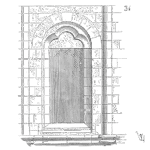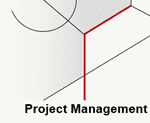
This topic is provided by http://www.isixsigma.com/library/
It’s important when resolving a problem that you address the problem and not a symptom of the problem. Determining the real problem is called finding the root cause. There are special techniques for determining the root cause of a problem. One technique is known as “The 5 Whys.” [Read more…]













 Ask a question or send along a comment.
Please login to view and use the contact form.
Ask a question or send along a comment.
Please login to view and use the contact form.